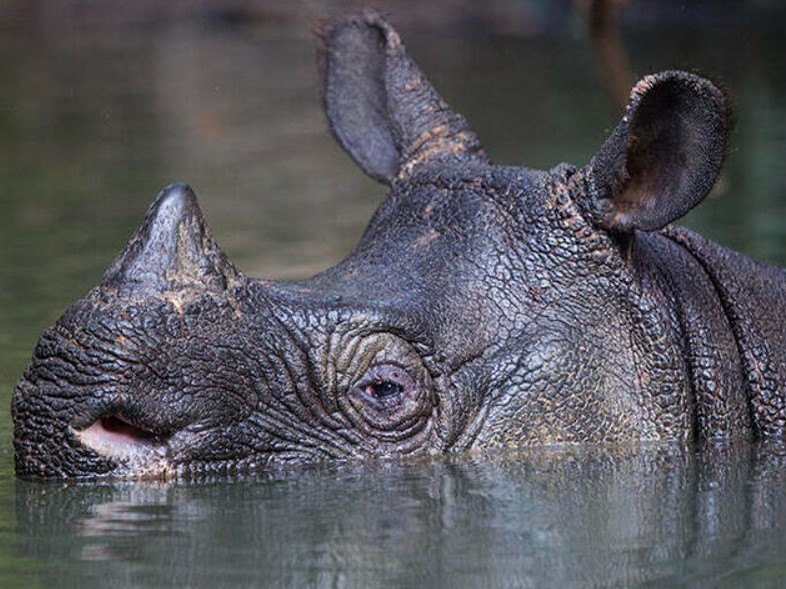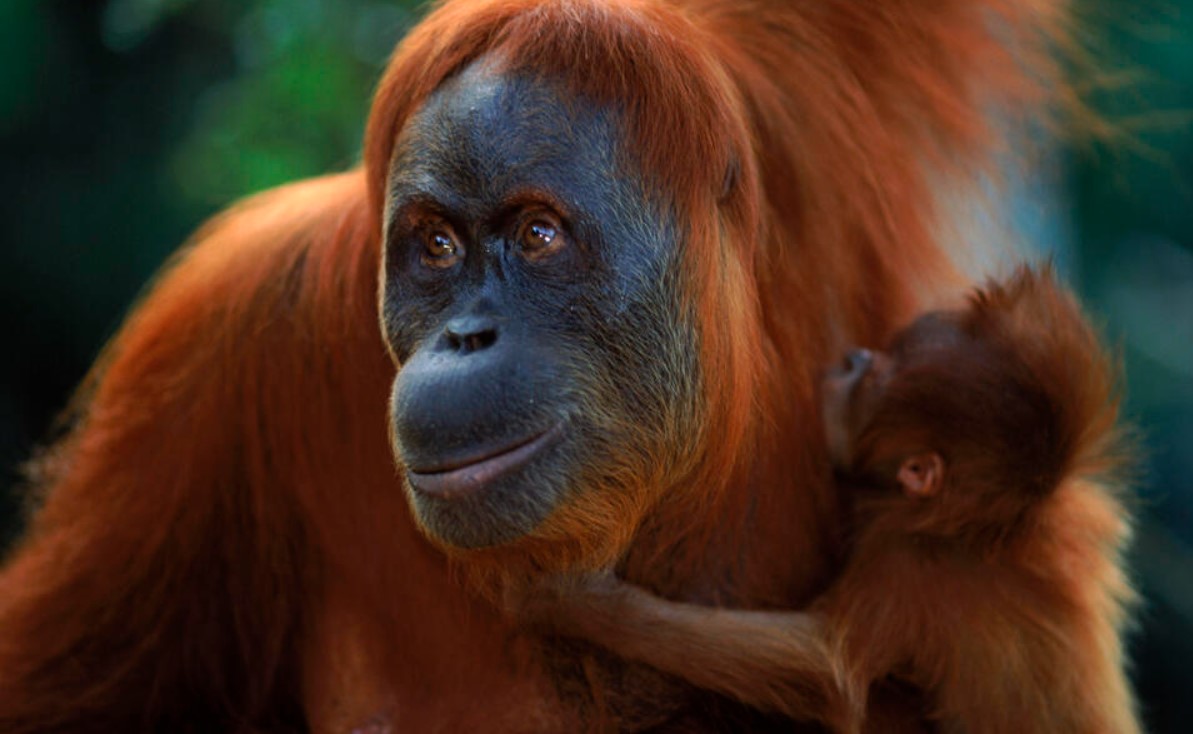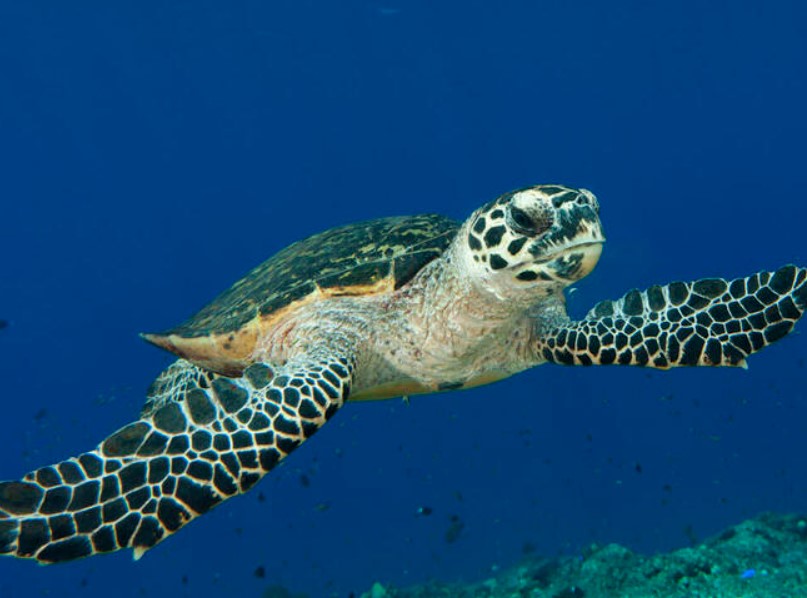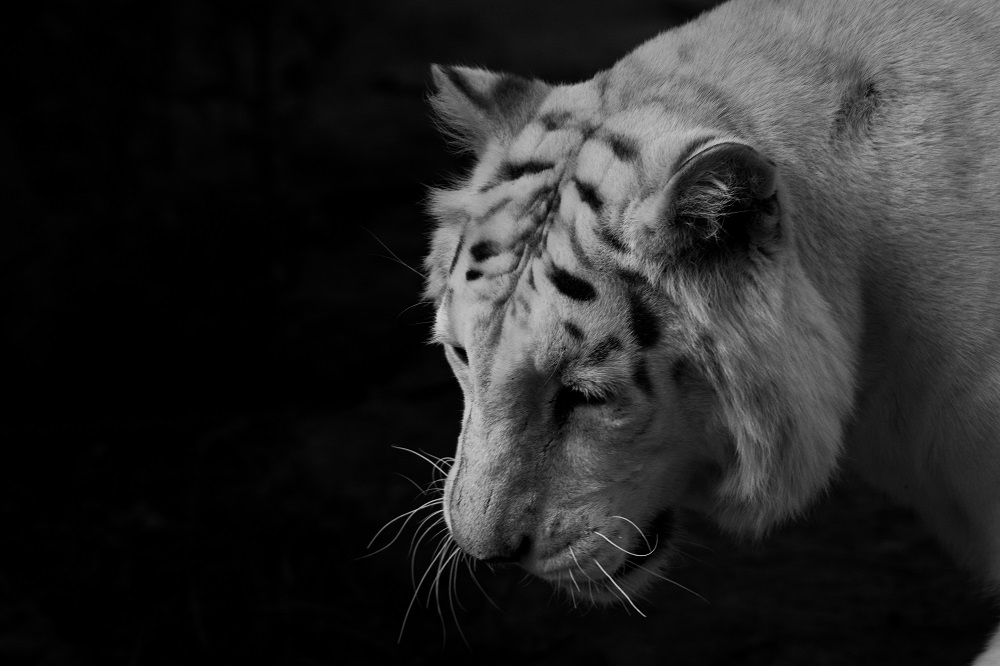Did You Know That These Species Are Endangered?

At this very moment, the world is confronted with an incredibly gripping situation. We are being pushed to our limits by climate change, pollution, and global warming; wars are changing us, and animals are putting their lives in danger in order to survive. The term “critically endangered” refers to species that are in imminent danger of going extinct. Let’s explore some critically endangered species and learn to appreciate life as it is and what surrounds it!
Vaquita
A little porpoise that can be discovered in the Gulf of California. It is vulnerable to dangers posed by illegal fishing activities, in particular, the utilization of gill nets.
The Javan Rhino

Ujung Kulon National Park in Java is home to a small population of this rhinoceros species, which is considered to be critically endangered due to the loss of habitat.
Northern White Rhino
It is almost completely extinct, with only a few still alive. As a result of habitat degradation and poaching for their horns, the principal concerns are present.
Sumatran Orangutan

This orangutan species is facing a serious threat as a result of the deterioration of its habitat, which is primarily caused by palm oil plantations.
Amur Leopard
Because of poaching, the destruction of their habitat, and the depletion of their prey, the population of this species is extremely low and may be found in China and the Russian Far East.
Kakapo
An indigenous New Zealand parrot is unable to fly and is threatened by introduced predators such as rodents as well as the degradation of its natural environment.
Hawksbill Turtle

Threats include the illegal trafficking of their shells, the destruction of habitats where they can nest and feed, and the unintentional catch of these animals in fishing gear.
Mountain Gorilla
Although there has been an improvement in their status as a result of conservation efforts, they are still considered to be in a critically endangered status due to the loss of habitat, poaching, and political instability in their territories.
Saola
This secretive creature, which is also known as the Asian unicorn, is in danger due to illegal poaching and the destruction of its habitat.
Sumatran Tiger
At risk because of the destruction of their habitat, illegal hunting, and conflict with humans.
The reasons for these species’ status as critically endangered are many; nevertheless, they frequently entail a mix of factors, including the degradation of habitat, illegal trade, pollution, climate change, and disagreements among humans and wildlife. Their existence is dependent on conservation activities, which include the protection of habitats, the implementation of anti-poaching measures, and the raising of public awareness.
What Are Some Ways That We Can Help Save Endangered Species?
In order to effectively conserve endangered species, it is necessary to take a multifaceted strategy that incorporates scientific, legislative, and societal activities. In this section, we will examine a narrative that focuses on some of the most important aspects of conservation, including how to conserve endangered species. Also, we might as well consider the following ideas and start raising awareness:
- As a fundamental component of species protection, habitat preservation is an essential component. Many species are facing a serious threat as a result of the destruction of their natural habitats, which is caused by urbanization, deforestation, and climate change. Establishing and maintaining protected spaces is something that requires a deliberate effort in order to handle this issue. Species are able to flourish in these regions because they are protected from direct human involvement and function as sanctuaries. In addition, it is of the utmost importance to encourage sustainable land use methods that permit human development without jeopardizing the habitats of species that are particularly vulnerable.
- In addition to protected areas, pathways that connect various habitats are also extremely important to the survival of their respective species. These corridors make it possible for animals to roam about, which reduces the detrimental impacts of isolated populations and increases the amount of genetic diversity that may be found. The identification and protection of these wildlife corridors requires a collaborative effort between conservation planners and lawmakers. This will ensure that species are able to migrate freely and that populations remain healthy.
- In addition to the fight against illegal poaching and wildlife trafficking, another crucial front in the struggle for the survival of species is an important one. It is vital to not only enforce strict regulations and penalties for acts related to poaching but it is also essential to address the underlying motivations that motivate individuals to engage in such activities. Providing local communities with economic incentives, educational opportunities, and alternate means of subsistence can assist ease the strain that is being placed on endangered species while also promoting a sense of cooperation for the protection of these species.
- Conservation initiatives extend beyond national boundaries, necessitating the participation of international partners. Many species that are in danger of extinction travel across multiple countries on their migration routes. When it comes to ensuring that conservation measures are effective, it is vital to have joint conservation activities, such as transboundary conservation areas and agreements on wildlife trading. Nations may create a unified front against the global catastrophe of species extinction by working together to share resources, expertise, and responsibilities. This can be accomplished through collaborative efforts.
- Education and awareness of the general public are essential elements of any conservation strategy that is intended to be successful. People are more inclined to support and participate in conservation efforts when they have a better understanding of the significance of biodiversity and the part that each species plays in the process of preserving a balanced ecosystem. Raising awareness and cultivating a sense of stewardship for the natural environment can be accomplished through the implementation of educational programs, outreach to the public, and media campaigns.
- It is not only vital from a moral standpoint but also from a practical standpoint to involve local communities in environmental initiatives. Indigenous peoples frequently possess ancient wisdom about ecosystems and animals, which can be extremely beneficial to conservation efforts but is often overlooked. An increased sense of ownership and responsibility is fostered via the participation of local communities in decision-making processes, which ultimately results in conservation programs that are more sustainable over the long term.
- As a result of climate change, many species are facing an increasing threat since their habitats are being altered and ecosystems are being disrupted. When it comes to the protection of species, reducing the negative effects of climate change is, therefore, an essential component. The reduction of carbon emissions, the shift to energy from renewable sources, and the implementation of adaptation techniques to assist certain species in coping with changing environmental conditions are all necessary steps in this process.
- Within the realm of conservation, study and tracking are crucial essentials that must be maintained. Researchers are required to do ongoing research on endangered species in order to gain an understanding of their habits, reproductive patterns, and overall health. This information is used to inform conservation plans, which in turn assists specialists in making informed decisions on habitat management, captive breeding programs, and reintegration initiatives.
- It has been demonstrated that animal breeding efforts in captivity have been effective in rescuing several species from the verge of extinction. As part of these initiatives, endangered animals are bred in controlled surroundings with the intention of reintroducing them back into the natural ecosystems in which they were originally found. In spite of the fact that it is not a universally applicable option, captive breeding has the potential to be an effective instrument when used alongside habitat restoration and safeguarding measures.
The Takeaway

At the end of the day, the protection of endangered species is a collective obligation that extends beyond the boundaries of individual interests and national boundaries. Governments, non-governmental organizations (NGOs), researchers, local communities, and individuals all need to collaborate in order to address the intricate web of problems that are threatening the biodiversity of our world. We may work toward a future in which endangered species not only survive but also thrive in their natural habitats by utilizing a variety of strategies, including legal structures, environmentally friendly methods, international collaboration, education, and community involvement.
0 comments